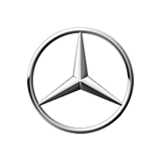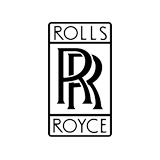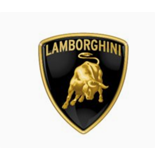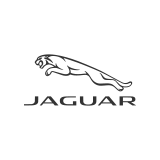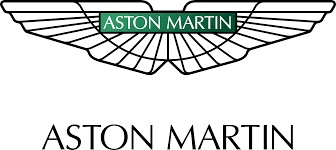20/08/2021
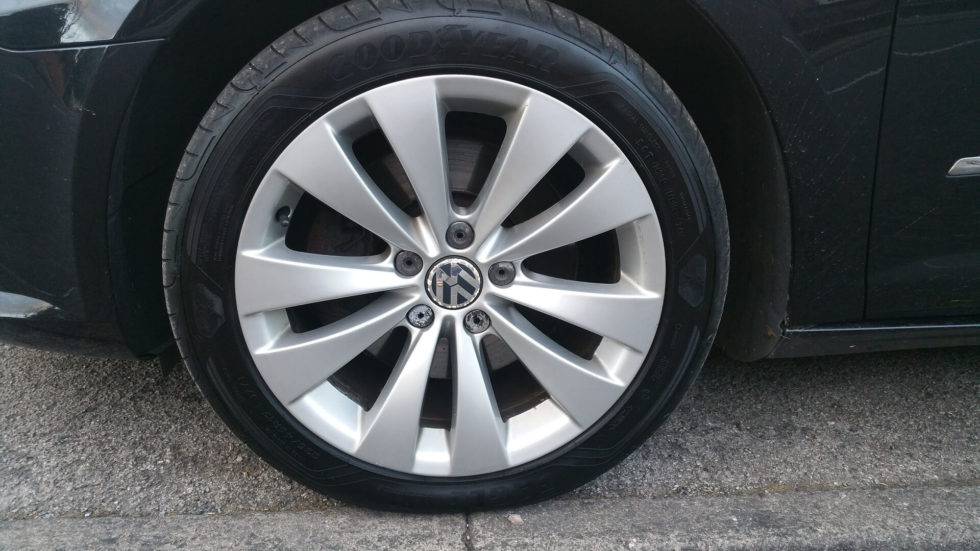
How do I recognize Original Alloy Rims?
Aluminum rims or alloy wheels are the pride of every car owner who values a special look for his vehicle. While the significantly lighter alloy rims were originally developed to provide a weight advantage for sports cars, the advantage now lies primarily in the wide range of fancy designs that can even include colored accents. However, alloy wheels have the disadvantage of being significantly more expensive than steel wheels. There are many replicas and counterfeits on the market. These are significantly cheaper, but can in no way compete in quality with the originals.
Why Aluminum Rims?
Car wheels are part of the so-called unsprung masses, just like the brakes. The less unsprung mass, the lower the moment of inertia. In plain language, this means that the lighter the tire, the more sensitively the vehicle's suspension reacts. So the goal, especially for sports cars, was to use the lightest possible tires. Aluminum is the most common, though magnesium is also used. Carbon is the lightest material of all and is also used to make rims. However, light alloy rims with magnesium content or carbon rims are extremely expensive. They are mainly used in racing.
Advantages of Alloy Wheels
Developed to achieve lower weight and better handling, alloy rims are the most popular type of wheel. Today, in some cases, aluminum offers better stiffness with lower weight compared to the steel rim. However, the composition has changed so that in many cases, the weight is no longer very different from the steel rim. Another advantage is that aluminum rims are better at dissipating braking heat. However, the biggest plus point today is the appearance and the many design options that an alloy rim offers compared to a steel rim.
Production of Alloy rims
The manufacturing process has an influence on
- the appearance
- the weight and
- the price
of the rim. The alloy rims can be forged on the one hand. This has the advantage that the rim is much lighter. This has a positive effect on driving comfort. However, they are significantly more expensive, the production is more complex and offers fewer design options. Cast aluminum rims are cheaper and offer many different designs. However, the finished rim is thicker and therefore heavier. It offers little weight advantage over the steel rim.
Trends in Aluminum Rims
The trend is toward large wheels with forged rims, as large wheels offer more bearing surface. This means that the forces acting on a wheel, such as braking and steering forces as well as acceleration, can be better transmitted.The disadvantage is the higher consumption and less ride comfort. Those who want a good compromise between sportiness and good suspension are well served by smaller wheels of 16 or 17 inches. Because of the stricter regulations on CO2 rating, importance is always attached to the lowest possible aerodynamic drag. The shape of the rims has a major influence on the aerodynamics of the vehicle, especially at high speeds, and thus helps determine fuel consumption. From this point of view, the trend is towards a large-area, rather closed design.
What sizes of alloy rims are available?
In principle, you can buy alloy wheels in sizes ranging from 12 inches to 28 inches. 12 inches is the smallest tire size at all. Common sizes are between 16 and 19 inches. The larger the wheel, the larger the contact area. This means faster acceleration and braking, but also higher fuel consumption and loss of ride comfort (suspension responds less sensitively). Of course, tire size also depends on the vehicle.
Counterfeits Harbor Dangers
At first glance, the original and the counterfeit are indistinguishable. Often, the counterfeits themselves copy test marks and identifications or cast-in numbers. However, they are much cheaper than the originals. Nevertheless, you should keep your hands off them: A test by Motor Talk showed that reproductions can even be downright dangerous.
A test by Motor Talk has shown that reproductions can even be downright dangerous. In the test, the fake rim breaks at a speed of 50 km/h when driving through a standardized pothole, while the original rim masters the challenge without any problems.
How can You Distinguish Replicas from the Original?
Each manufacturer of rims has its own marking with which it provides its rims. Even though counterfeiters try to copy them as well as possible, there are clues that show it could be a replica. Price: A strong indication if you are buying new rims is the price. If it is conspicuously cheap in comparison, you should become suspicious! 10 percent discount is realistic, everything below that, rather not. Logo/emblem: The manufacturer's logo or emblem is usually incorporated into the rim in a high-quality manner. If it looks cheap, is only glued on at the end, leave the fingers of it. Expert opinion: Each special rim must be registered in the vehicle registration document. An expert opinion should be available for this purpose. You should get a general operating license and a certificate for your new rims, otherwise they are certainly replica rims. Color deviations etc.: Even though the nuances are difficult to see, especially in photos, it can be helpful to compare rims offered on the Internet with original photos from verified sources. Quality of workmanship: When you have the rims in front of you, check the workmanship of the rim. A high-quality original rim should not have any bumps, sharp edges, bad seams or the like. Brand specifics: Almost every manufacturer has special features when it comes to marking their rims. An embossed logo on the inside, stamped numbers (which you can google). When in doubt, ask about the features of the manufacturer of the rims you want to buy.



